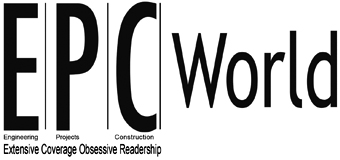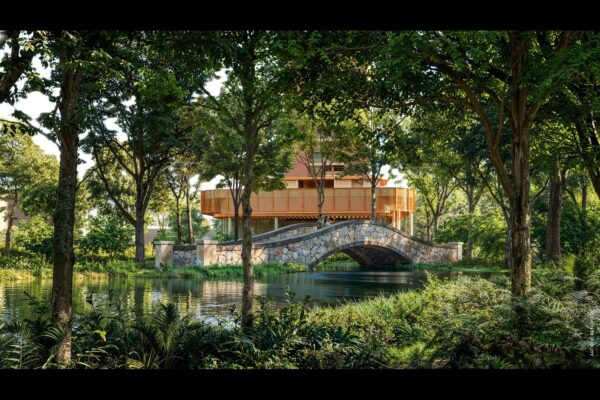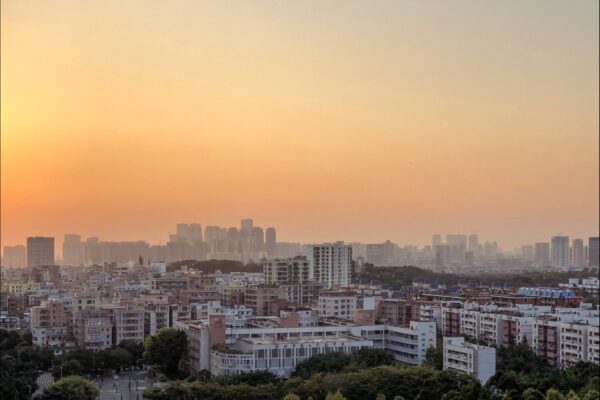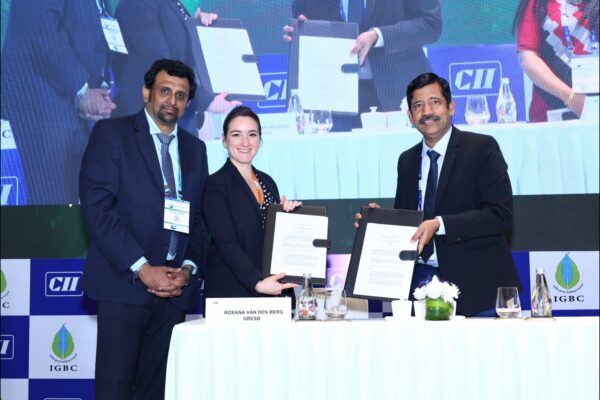Exploring the key trends shaping the Indian real estate market in Q4 2024
As Indian real estate markets move into the fourth quarter of 2024, sustainability is emerging as the trend that is transforming the luxury and wider residential sector. While overall the market remained under pressure due to high property prices and relatively higher interest rates, it has been resilient to sustained demand owing to underlying factors such as increasing consumer awareness about environmental issues and changing preferences. The increasing demand for green buildings also represents a shift towards sustainable living. The luxury real estate segment has a definite fusion of luxury and sustainability.
The rise of bigger homes
Another prominent trend is the rise of bigger homes as homebuyers are looking for larger living spaces that offer both comfort and functionality. This trend is fueled by changes in lifestyle, particularly in urban areas, where homebuyers now prioritize space to accommodate work-from-home setups, private leisure areas, and family needs. The Knight Frank survey also indicates that homebuyers are gravitating towards apartments with better layouts, with 45% of respondents ranking property size and layout as critical factors in their purchasing decisions.
The trend of upgrading to bigger homes is not just about larger square footage but also about enhancing the overall living experience. As homebuyers continue to upgrade, there is a growing demand for homes with integrated amenities like gyms, parks, and dedicated workspaces, as well as for gated communities and independent houses, driven by a desire for privacy, safety, and exclusivity.
Increase in demand in luxury housing
Luxury homes in India are witnessing a sharp rise in demand over the past years particularly after the COVID-19 pandemic. According to Knight Frank's report on real estate activity for the third quarter of the current calendar year, 46% of total home sales across the top eight cities in India were in the luxury housing segment. This drastic rise is a reflection of change in buyer preference, and also of an alteration in the general economic situation.
Still, there is huge demand in luxury homes that fall in the price range of ₹5 crore to ₹100 crore and primarily are seen across urban hubs like Mumbai, Bengaluru, and Noida. As space becomes increasingly scarce in cities like Mumbai, redevelopment projects focused on creating luxurious residences with prime features, such as breathtaking sea views, are gaining momentum. This trend is expected to grow in other high-demand areas, where the demand for premium living spaces continues to rise.
Such a trend is largely promoted by the new lifestyle after COVID. As people are working from home, remote work has allowed them to save more disposable incomes and to invest in a different lifestyle. Hence, most high-income buyers look forward to larger and more luxurious houses with better amenities, and so real estate developers now incorporate global design standards to cater to changing needs.
Demand during the festive season
Festival seasons have always been prime time sales seasons in India. Earlier, there was always a heavy sense of anticipation in the homebuyers during the festival season when they were keen to invest heavily into dwelling properties, especially in festivals like Diwali, Dhanteras, and a week before New Year's day. Builders and developers expect more queries and sales during the festival seasons and hence offer some attractive deals, discounts, and improved incentives to the customers.
Green building trends
The emphasis on sustainable and eco-friendly developments is gradually transforming India's residential real estate landscape. With growing awareness among developers, investors, and homebuyers, green practices that align with environmental objectives are becoming a priority. According to a Colliers survey, green-certified spaces accounted for 82% of office leasing activity in Q2 2024, with Mumbai and Bengaluru leading this shift. Although initially concentrated in commercial real estate, the demand for sustainability is now influencing residential projects. Developers are increasingly adopting innovative solutions to create energy-efficient homes while retrofitting older buildings to meet modern sustainability standards. This transition reflects a broader alignment of environmental goals with the evolving preferences of urban dwellers, paving the way for eco-conscious living.
Positive prospects for the future of the residential market
The Indian residential real estate market is set to grow by 2025, where there will be an increased demand in luxury homes, spacious living spaces, and add-on amenities. The market will gain momentum due to the rising aspirations of the middle and upper-middle classes, who are now demanding premium properties-a comfort-enhancing yet exclusive offering. Developers will focus on high-end properties with spacious layouts, prime locations, and superior connectivity. The luxury housing space will continue to grow and flourish because of easy government policies, easier availability of finance, and the increased trend towards sustainable, luxurious living spaces. Quality, sustainability, and location will be key decision factors for buying properties as consumer preferences shift post-pandemic. Ecological solutions would acquire more currencies. This is a big sector in the Indian economy, driven by both premium and luxury residential demand.
















